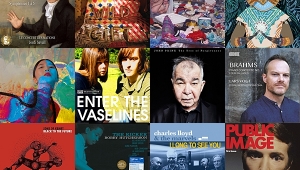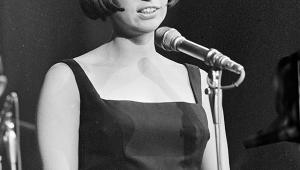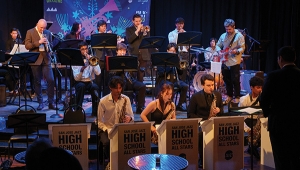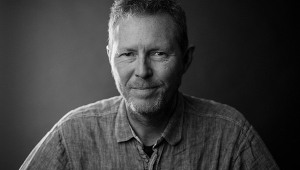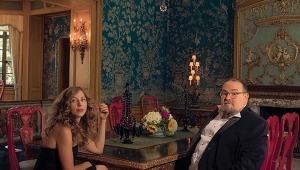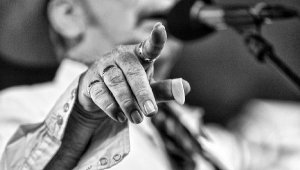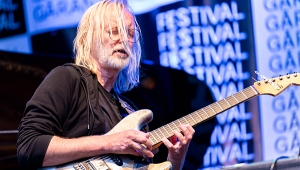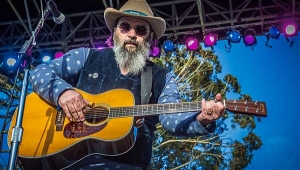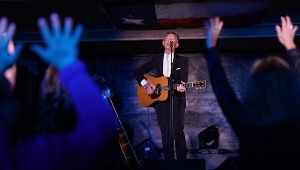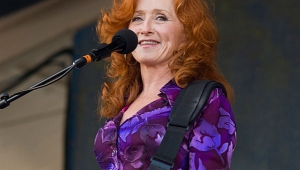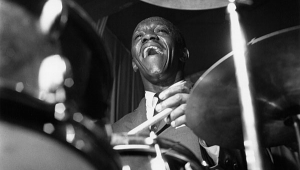| Columns Retired Columns & Blogs |
Chad Kassem Brings the Blues to Salina Page 2
Kassem gives me a tour of what is easily the cleanest, most comfortable, most intelligently organized record warehouse in the history of the music business. "If you buy the best, you only cry once," he says, showing me the $50,000 in ductwork he had to add to the 28,000-square-foot space to keep it climate-controlled. We move on to the genuinely impressive UPS and FedEx pack-and-ship line he developed "just from trial and error, dude." Finally, back in the stacks, among Japanese single-layer SACDs that we agree are not worth the 60 bucks, no matter how much you want to hear Lynyrd Skynyrd's Second Helping in that format in hi-rez, we talk about the future.
"Hey, man, I'm vinyl all the way, but if there's a compilation of, say, Slim Harpo singles, records that were only ever released on seven-inch 45s, then I'll buy a CD." And while he's got nothing specific against downloads, "a lot of people these days want physical [product], and that's what I'm gonna do."
What Kassem has done with the church building is quite an accomplishment in itself: building a direct-to-disc recording facility, as well as a radiant-sounding and extremely functional performing venue. There's something wonderful and slightly wicked about playing and listening to the blues—the gospel to some, the devil's music to others—in a space that once hosted hosannas to another higher power.
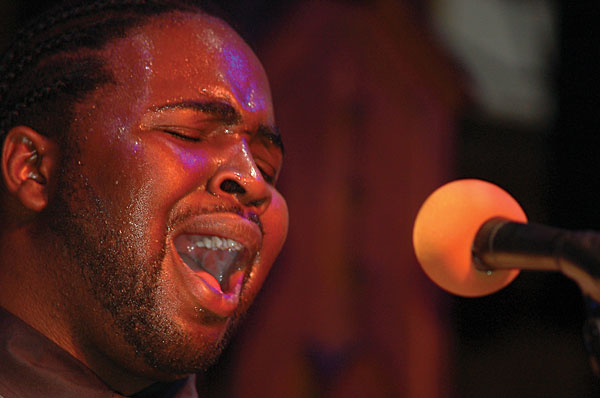
Blues Masters was a sellout both nights, the middle-aged crowd remained fastened to the pews for the entirety (7pm to midnight) of both shows. The vibe of Blue Heaven teased inspired performances from a roster of performers that included guitar and harmonica player Lazy Lester, singer-guitarist Joe Beard, former Wet Willie frontman Jimmy Hall, singer Bobby Allen, acoustic blues guitarist and world-class raconteur Doug MacLeod, New Orleans electric bluesman Little Freddie King, Zydeco accordionist Clinton Broussard, and others. Leader of the house band on both nights is seasoned veteran Lil' Buck Sinegal, whose résumé contains stints with Clifton Chenier and Buckwheat Zydeco, as well as a key spot on Paul Simon's Graceland. It's no stretch to say that Sinegal, who plays rhythm and lead guitar with equal invention and instinct, is a star.
The two nights of Blues Masters 2011 were bracketed by examples of the future of blues music and its glorious past. Representing days gone by was a delightful set by one of the original tenor-sax honkers and shouters, 84-year-old Big Jay McNeely, resplendent in his gold, black and red spangled argyle shirt and an equally sparkly silver-and-black vest covered in musical notes and treble clefs. McNeely, arguably the most famous of the honkers, had a huge hit in 1959 with the ballad "There Is Something On Your Mind." Clearly pleased to again be the center of attention, he began every sentence of his between-song testifyin' with "Children!" and paying special attention to the ladies in the crowd. In a nod to his past, when he performed under black lights for effect, McNeely's sax is spray-painted fluorescent orange and green. When he led a rendition of Don Gibson's "I Can't Stop Lovin' You," a tune most memorably covered by Ray Charles, it turns into a sing-along, the blues faithful raising their voices to the heavens.
Representing the future was Marquise Knox, an astonishing young electric guitarist, singer, and bandleader from St. Louis, Missouri, whose ringing performance on a red Gibson 335 (he also plays an Epiphone Lucille) was a highlight of the festival. Knox is only 20, but his playing has the depth of a very old soul. He clearly seems destined—as new fan Roy Head loudly proclaimed throughout the weekend to anyone who'd listen—to also become a star. Humble and steady, Knox, who was taught by his uncle and grandfather, says that the blues faithful, the more extreme of whom have famously narrow ideas about what's "real" and what's not, have so far been receptive to his gifts. "There's always them people who've got doubts," he says after his performance at Blues Masters, "but I say, if you give other young players a chance, then when you hear my records, you're gonna wish you'd given me one."
On his debut album, Man Child, recorded in 2007 when he was 16 but not released until 2009, on Kassem's APO label, Knox sounded like a promising kid. On his new album, Here I Am, recorded direct-to-disc at Blue Heaven and released on APO, the young guitarist's skills and natural feel for the music have measurably improved. "I was half born with it, and half has been developed. I've been writing my own lyrics. To survive, the blues is gonna have to change, and words are the only thing that's gonna change the songs."
Knox says that he and another Blues Masters 2011 artist, Joe Beard, have been discussing forming a band together. He seems quietly confident about his career. "It's just a matter of time. I think next year's gonna be even broader, because this year's been dynamite. I'm not interested in going into the rock thing—the blues got all the feeling I need. And I want a career. This ain't no hobby. I don't want to be here today and gone tomorrow."
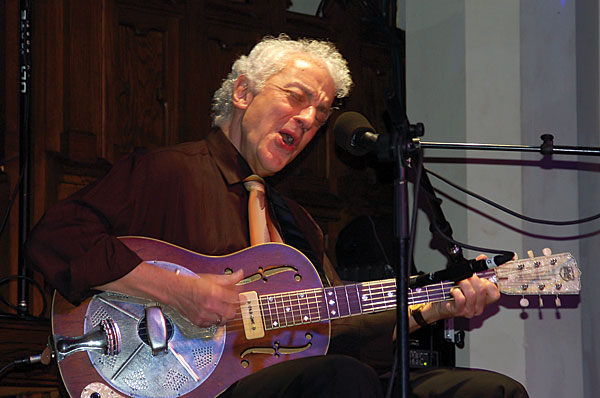
Clearly focused on his own bright tomorrow, Kassem, whose new LP presses already have big orders to fill for Japanese Blue Note and Sundazed Records, can switch gears in a heartbeat, one moment enthusing, as a collector, about a mono copy of Velvet Underground & Nico he found while digging through a collection of 30,000 used records, and the next intoning about LP presses, "The more you're willing to spend, the easier they are to find."
Driving back to the hotel Saturday night, filled with étouffée, dirty rice, and the inexpressible primacy of the blues, I had to marvel that the music business and the blues, two institutions that have seen better days, are both alive and well in Oz, thanks to a shrewd man with a vision. And a persevering love of music.
- Log in or register to post comments
